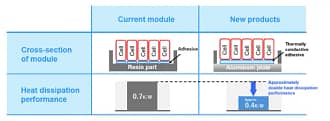This will be a disappointment to most in the industry who thought that having a sole source of advanced foundry would be a bad idea. Now it looks a distinct possibility.
With hindsight the Americans made a curious strategic decision in spreading the $250 billion Chips and Science Act money around so widely.
Clearly, the US national priority was to get Intel back into a leading edge capability and Pat Gelsinger’s expensive and expansionist plans might well have got them there if he had been given the bulk of the $250 billion.
Of course the rest of the US industry would have complained, but the government could always had said: “Well, if you have a plan to get us into leading-edge manufacturing, we will support you”.
Now, the $19 billion which Intel would have received under the Chips and Science Act looks inadequate compared to the $30-40 billion 2025 capex of TSMC and the $30 billion a quarter revenues which TSMC is expected to earn in each of Q3 and Q4 as sole supplier of the industry’s leading-edge process.


